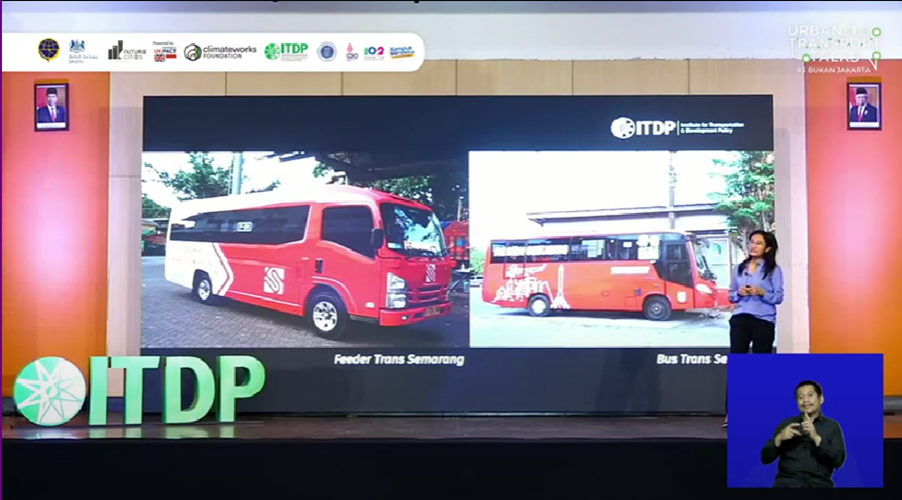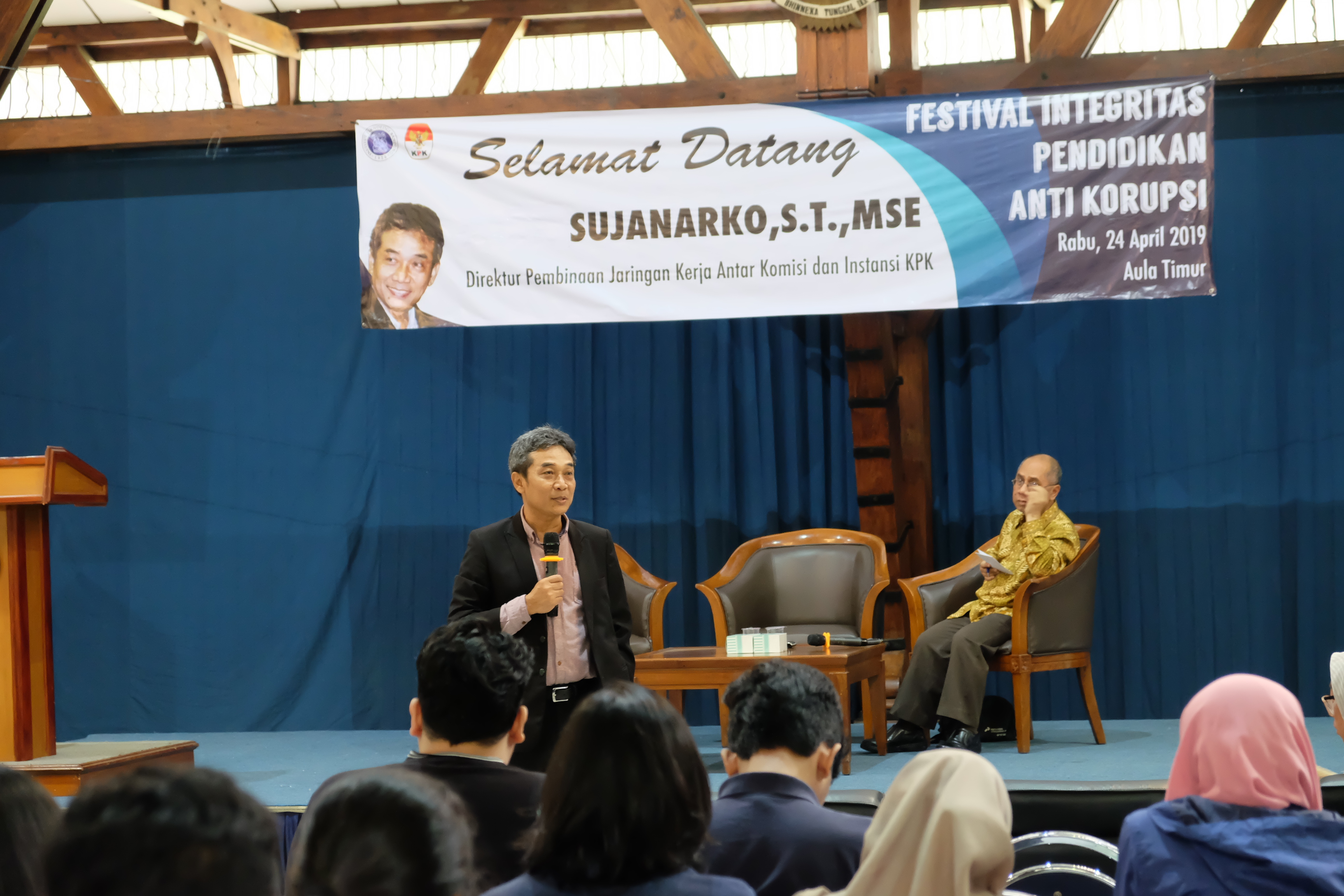Collaboration of ITB and the Ministry of Transportation on the Reformation of Public Vehicles
By Adi Permana
Editor Adi Permana

BANDUNG, itb.ac.id – The transportation sector supports the mobility of people, especially in urban areas. However, its facilities in Indonesia still have issues in terms of environment, safety, space availability, and traffic congestion. Moreover, their quality and accessibility disparities in different cities is a glaring problem.
Together, ITPKI (Institute of Transportation and Policy Development of Indonesia), the Ministry of Transportation, and ITB organized their third “Urban Transport Talks" seminar with the topic "Not Jakarta" on Thursday (15/9/2022). The seminar began with Ir. Edwan Kardena, Ph.D., the Dean of ITB FCEE (Faculty of Civil and Environmental Engineering), was the keynote speaker. Two guests- Vinensia Nanlohy (Transport Associate of ITDP Indonesia) and Anugerah Nurrewa (CEO Jaramba)- were also invited to share their discussions.
"Jakarta is widely regarded as the city with the best transportation facilities in Indonesia. Despite its shortcomings, they are very diverse, such as the MRT, LRT, Transjakarta, KRL, and more," Vinensia told the audience.
On the contrary, many cities aside from Jakarta have insufficient modes of transportation. One of the causes is the limited budget for investment in transportation.
Good transportation facilities are not based on the number and types of transportation in circulation; they are judged by their effectiveness and optimization for the community.
"Take Semarang and Solo as examples,” Vinensia explained. “Semarang has Feeder Trans Semarang and Trans Semarang Bus. The key to the city’s success is the high commitment of the local government.”
The operational cost of these two transportation modes covers 3% of Semarang’s regional revenues and expenditures budget. "In the future, a special corridor will be built to improve the transportation’s time efficiency and avoid traffic jams,” Vinensia elaborated. In the development of the Feeder Trans Semarang and Trans Semarang Bus, the municipal government invited operators of pre-existing public transportation to participate in their plans. "Operators are involved in the new transportation system designed by the government as a form of partnership in establishing their public transportation accommodations," Vinensia said.
Besides Semarang, Solo has successfully carried out reforms on its public transportation. With its Solo Trans Batik Bus and Solo Batik Feeder, proponents of the transportation businesses can move forward along with the new public vehicles that receive the same access and rights. "The government encourages operators to discuss and create an incorporated consortium that can operate and coordinate buses and feeders in a system."
The second topic concerning traffic congestion was delivered by Anugerah. According to him, frequent traffic congestion in Indonesia is caused by the excessive use of private vehicles. Another reason is the inadequate transportation facilities in the matter of cleanliness, safety, comfort, and time effectiveness.
Dealing with this problem requires participation of both the government and the community. Anugerah proposed MaaS (Mobility as a Service) as one of the solutions.
"The first product of Jaramba is providing real positions of the nearest bus, as well as information related to their routes in detail,” Anugerah stated. “It can also serve as a counter for purchasing public transportation tickets."
The existence of Jaramba or its similar kinds can raise new digitization trends of large-scale public transportation as well as private vehicles that are also used as public transportation.
Reporter: Yoel Enrico Meiliano (Food Engineering, 2020)
Translator: Ruth Nathania (Environmental Engineering, 2019)

.jpg)
.jpg)
.jpg)
.jpg)
.jpg)

